37+ Sample Professional Balanced Scorecards
-
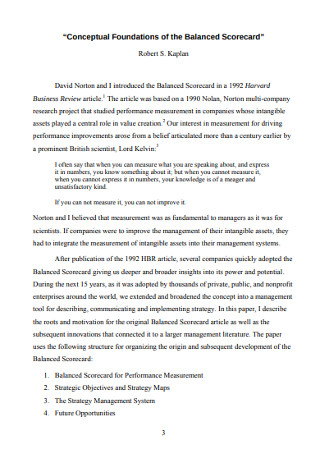
Conceptual Foundations of the Balanced Scorecard
download now -
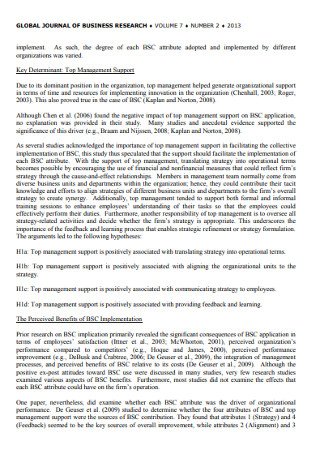
Balanced Business Research Scorecard
download now -
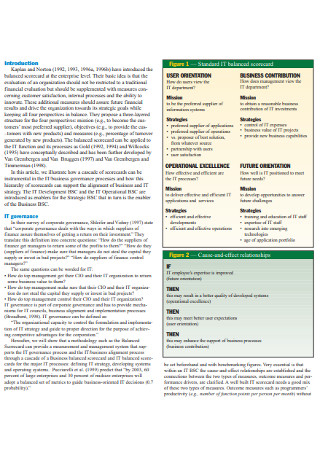
Standard IT Balanced Scorecard
download now -

Financial Measurement of Balanced Scorecard
download now -
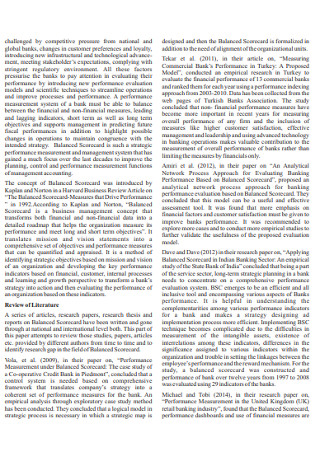
Performance Evaluation of Balanced Scorecard
download now -
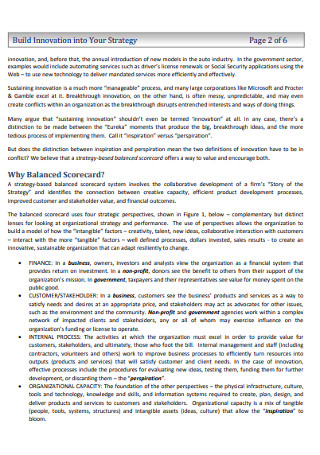
Balanced Scorecard Strategy
download now -
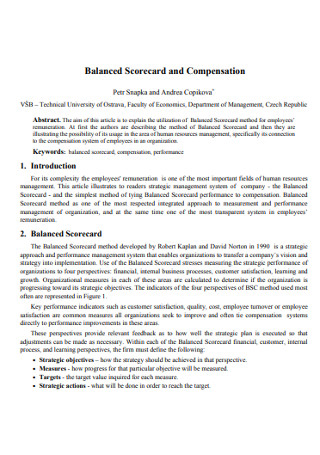
Balanced Scorecard and Compensation
download now -
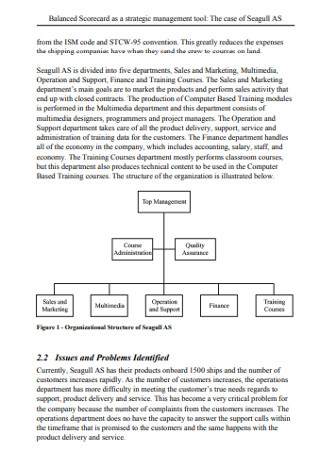
Balanced Scorecard Strategic Management
download now -

Balanced Scorecard Approach
download now -
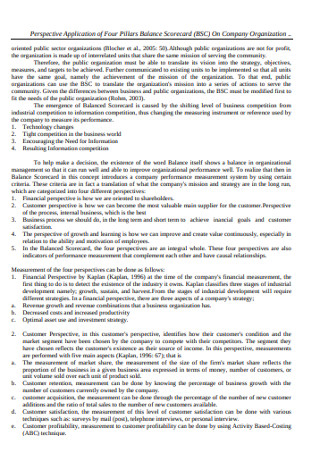
Balance Scorecard On Company Organization
download now -
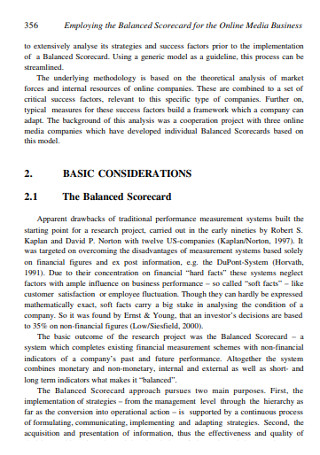
Balanced Scorecard for Online Media Business
download now -
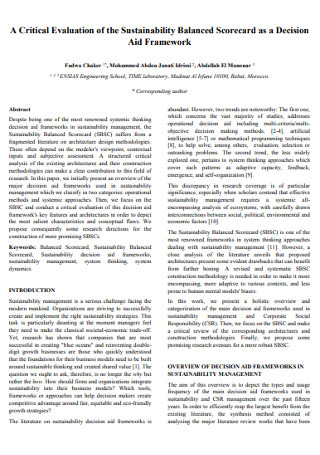
Critical Evaluation of the Sustainability Balanced Scorecard
download now -
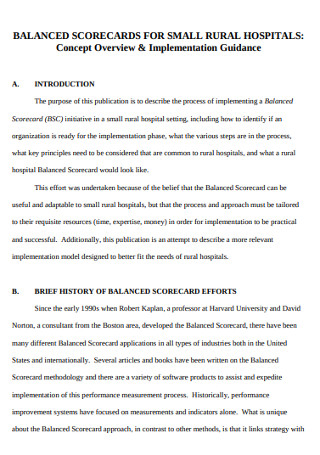
Balanced Scorecard for Small Rural Hospital
download now -
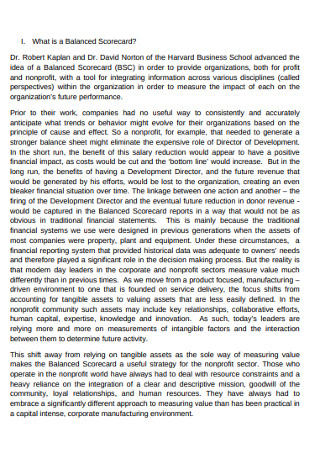
Nonprofit Sector Balanced Scorecard
download now -
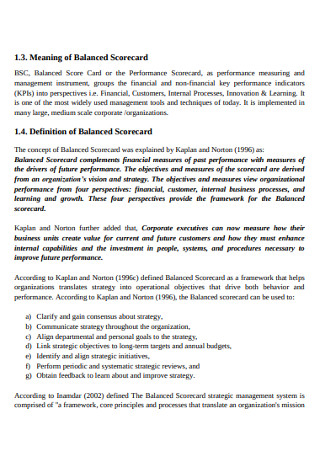
Balanced Scorecard Approach to Strategy
download now -

IT Balanced Scorecard in Retail Banking
download now -
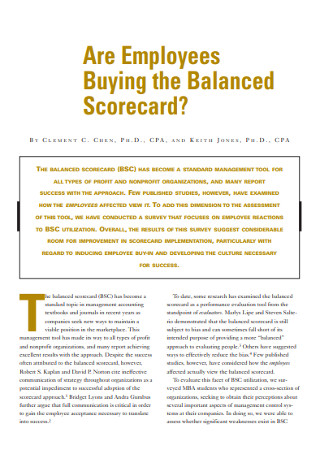
Employee Buying the Balanced Scorecard
download now -
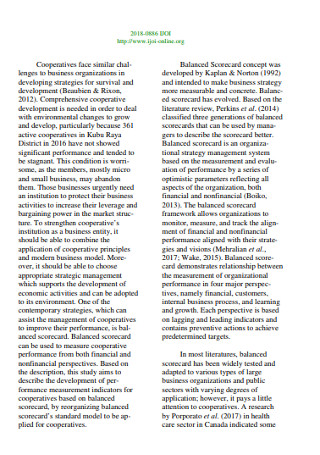
Designing Balanced Scorecard for Cooperatives
download now -
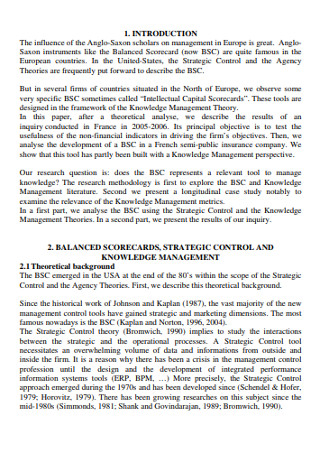
Balanced Scorecard Knowledge Management
download now -
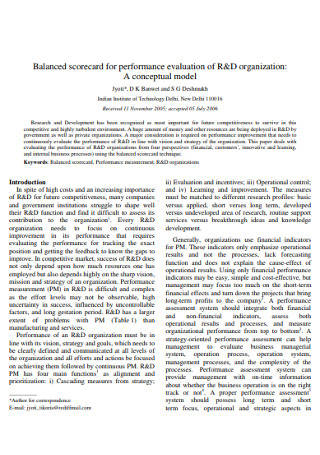
Balanced Scorecard for Performance Evaluation
download now -
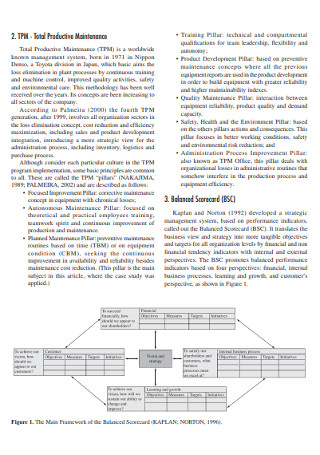
Balanced Scorecard for Maintenance Management
download now -
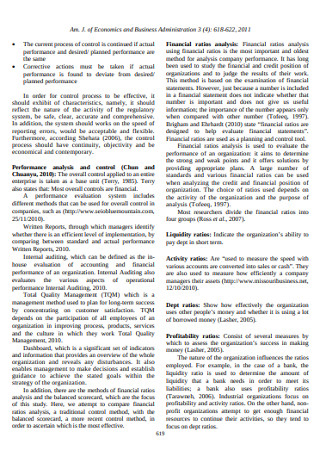
Financial Ratios Analysis and Balanced Scorecard
download now -
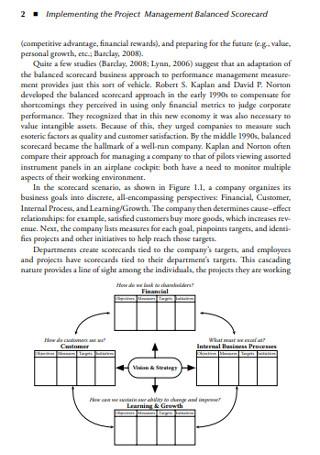
Project Manager Balanced Scorecard
download now -
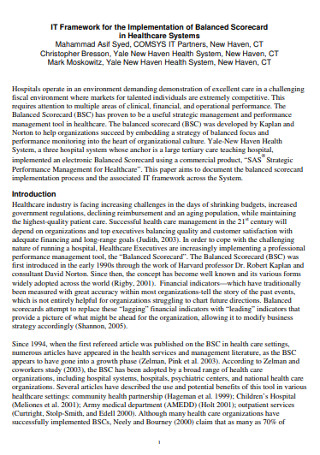
IT Framework for the Implementation of Balanced Scorecard
download now -
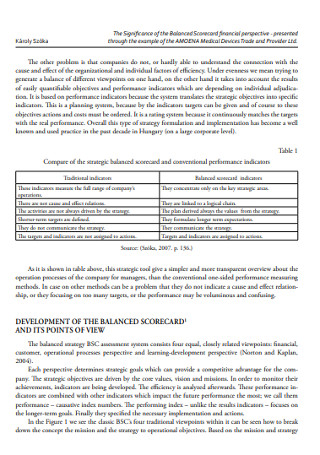
Financial Balanced Scorecard
download now -
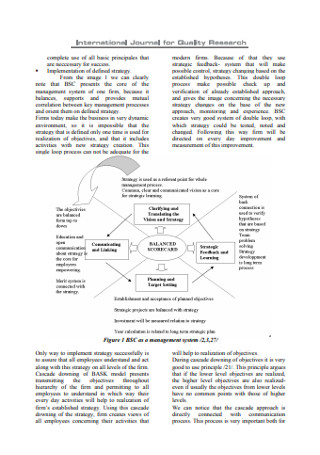
Balanced Scorecard and Quality Management System
download now -
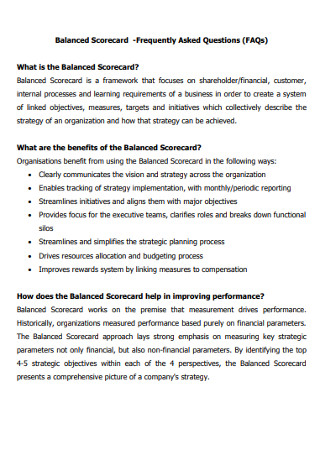
Standard Balanced Scorecard
download now -
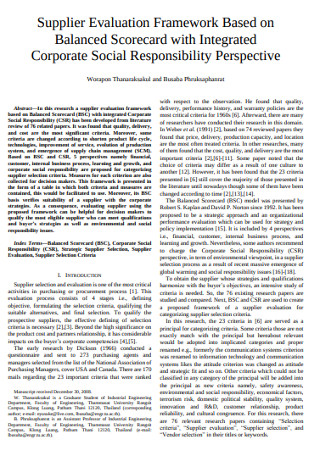
Supplier Evaluation Balanced Scorecard
download now -

Balanced Scorecard in Higher Educations
download now -
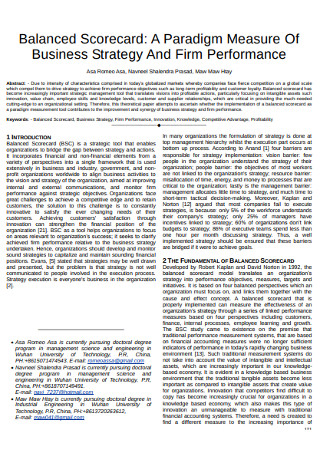
Balanced Scorecard Business Strategy
download now -
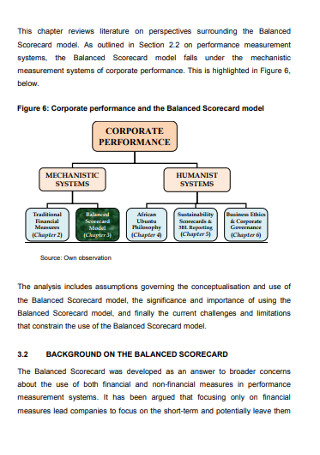
Corporate Performance and Balanced Scorecard
download now -
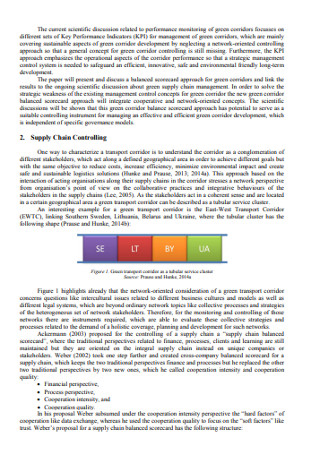
Green Corridor Balanced Scorecard
download now -
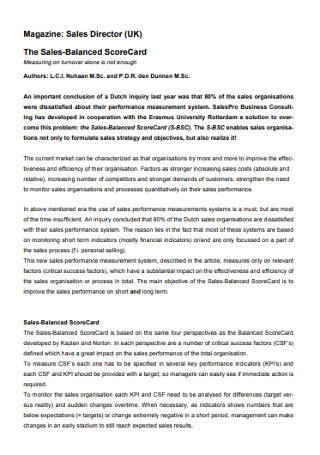
Sales-Balanced ScoreCard
download now -
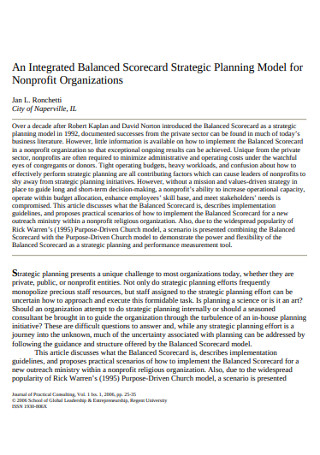
Integrated Balanced Scorecard
download now -

Conceptual Framework of Balanced Scorecard
download now -
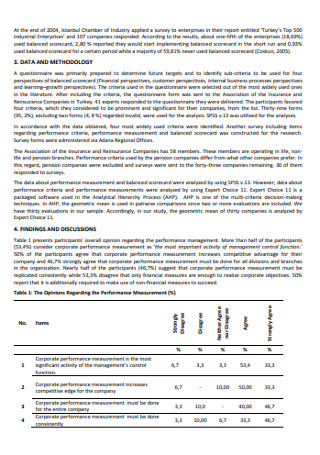
Balanced Scorecard in management Accounting
download now -
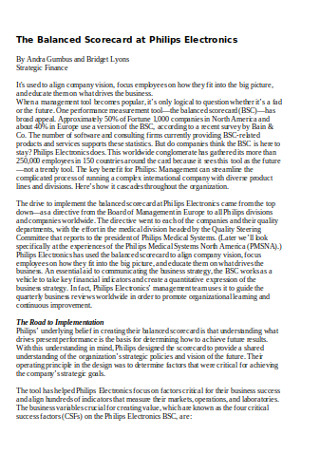
Balanced Scorecard at Electronics
download now -
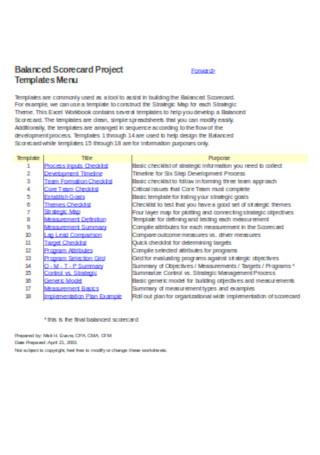
Balanced Scorecard Project Template
download now
What Is a Professional Balanced Scorecard?
A professional balanced scorecard or also referred to as BSC is a management tool that will target and focus the formulation and execution of the strategies with respect to the processes and objectives of the organization. The main purpose of this approach is to measure and improve the performance of the employees as well as the organization as a whole.
It was first created by Robert Kaplan and David Norton. The idea is that the strategic goals will be divided into 4 categories In a BSC, these categories are referred to as the perspective. This will allow the managers and employers to look at the organization from various points of view. The 4 perspectives are the financial perspective, the customer perspective, the internal process perspective and the learning and growth perspective.
Four Perspective of the Balanced Scorecard
The Financial Perspective
This can also be referred to as the stewardship perspective. Out of all the important factors in running a company, the objectives in terms of financial health and growth are usually the easiest to state, explain, monitor and measure. Most organizations and companies nowadays are running and operating with the main purpose of making profits.
In this perspective, the main target and focus is to look at the performance of the company in terms of financial stability. This will also look over how the financial resources of the company are being utilized.
The Customer Perspective
The perspective of the key stakeholders will be included here as well. In order for a company to keep on running and operating, it needs to attract and satisfy customers or clients.
In this perspective, it is important to view the organization from the point of view of the customer. This will allow the managers or employers to understand what it needs to do in order to keep the customer service in good quality as well as grow the share of the market and awareness of the brand. Now that we are in a digitized world, one of the most common techniques in improving brand awareness is by the use of social media. It is a good idea to have social media strategic plans. This will also allow the higher ups to view the organization from the point of view of their competitors. Another important factor to consider in this perspective is the point of view from the side of the stakeholders.
The Internal Process Perspective
This will take a closer look at how the organization is running. It is important that an organization will keep track of the internal operations as well as evaluate the progress in order to make sure that the goal statement will be met.
In this perspective, the target and focus is to take a look at the efficiency of the process or methods in delivering the required output. This will as well tackle the quality of the service and goods the company has to offer. The main question to answer here is “What are the business processes we need to implement in order to meet the customer perspective as well as the financial perspective?”. This will refer to and complement your operational plans.
The Learning and Growth Perspective
This can also be referred to as the organizational capacity. This perspective can be broken down into 3 essential components.
The first one is the manpower. This would discuss the employees working in the company. This would identify and discuss the practical skills needed as well as the theoretical knowledge required in order to perform remarkably.
The second one is technology and infrastructure. This key component would focus on the latest devices as well as software that will be of great help in achieving the overall goal of the organization. On the other hand, infrastructure will refer to the physical aspect of the work environment.
The third one is the culture. To be specific, this would mean the culture of the organization. This would refer to the values and behavior that is observed within the boundaries of the workplace. This can also refer to the set of policy and procedure that is implemented in the organization.
Overall in this perspective, the goal is to identify what the requirements are in order to properly execute the goal stated in the internal process perspective. Once this is set, the internal process perspective will then identify what is needed in order to keep the service and product in good quality as well as keep the customers happy and satisfied. The goal of the customer perspective will then result in an increase or stability of goals stated in the financial perspective.
Benefits of Using a Balanced Scorecard
Better Planning
A BSC will help in formulating and conveying the different strategy and objective of the organization. In this approach the business model will be outlined and shown with the use of a visual representation. This will usually be in terms of a strategy map. This will specify the goals as well as break them down into minute details. This will indicate the cause and effect of the process happening inside the company. In turn, this will result in a better unity and harmony of the objectives based on the four perspectives of a balanced scorecard. This will bring into existence the strategies of the organization.
Better Communication
A balanced scorecard will usually come in a document form accompanied with a strategy map. This will result in an easier and faster communication of the different processes as well as the goals. This can be applied whether the communication is within the boundaries of the organization or the communication is to be done externally for customers or potential stakeholders.
Having a summary as well as a visual representation of the strategy and goals of the organization will make it easier for the target audience to know and comprehend your purpose. This will then result in a better execution of the plan. This will also bring into a life a medium and document of communicating the strategies across various departments internally as well as externally.
Better Monitoring and Reporting
By the use of this approach, organizations will be able to come up with an effective method of keeping track of the processes as well as the objectives that have been met. This will be of great help for organizations to formulate a reliable and an effective KPI or key performance indicators. This will make sure that the important goal statements will be evaluated properly and objectively. This is a good point of reference to use in a project status report. Overall, this is a good way of tracking the performance and comparing it with the pre agreed strategies.
Better Coordination
First and foremost, this means that the different projects in the company are of significant importance in achieving the overall goals and objectives. Next, this will make sure that all the goals of each department are aligned and working towards the same bigger picture. Lastly, this will make sure that all the processes and operations are aligned and executed as a cohesive unit. This will make sure that documents such as budget plans and risk management are integrated with the priorities of the organization. In general, by the means of this approach the organization will become focused on the strategies that the management and employers have come up with.
Step by Step Process in Creating a Balanced Scorecard
Step 1: Select a Template
Formulating a balanced scorecard can become burdensome and confusing for some. This is why managers opt to have a BSC that is created in the computer. First step is to browse and select a template or a format that would suit the style and taste of the user. This is important as templates will make sure that the document you will create will be clean and organized.
Step 2: Identify the Different Strategic Objectives
The different strategic objectives means that you have to take the mission statement and vision statement and break them down into smaller doable plans of action. List down all the strategic objectives that you will come up with. It is better to make use of words or phrases in coming up with the objectives.
Step 3: Allocate the Different Strategic Objectives
Allocating the objectives means that you have to divide them into their respective categories. Remember that the categories in a BSC are referred to as the perspective. A quick overview of the goals and the perspective is:
A financial perspective means that you have to think of goals that will relate and monitor the progress of the financial health of the organization.
A customer perspective means that you have to think of goals in regards from your customers point of view.
An internal process perspective means that you have to think of goals that will relate into the different processes and operations observed and performed within the organization.
A learning and growth perspective means that you have to think of goals with regards to the manpower and infrastructures that you possess.
An important factor to take note of is that all the goals you will put in your BSC document should be interconnected with one another. This is similar to a hierarchical order wherein all the items you will list are related or prerequisites of another item.
Step 4: Make Use of a Strategy Map
A strategy map is a tool designed to visually show and convey the strategic plan of an organization. This is an important step in creating a BSC. Just like in a business roadmap, the BSC will also make use of a visual representation. With the help of a visual diagram, the document will become a one page plan. This is a very crucial factor. This will make your balanced scorecard to be presented with clarity and be easy to comprehend. Make use of arrows in connecting and relating the different strategic objectives. This will allow the one who created the document as well as the target audience of the document to understand the relationship between the strategic objectives.
Step 5: Make Use of a Key Performance Indicator
It is important that a company will make use of at least one measure. These measures are usually referred to as key performance indicators or KPI. A key performance indicator is a numerical value that can be measured. This should be a value that is easy to be measured and understood.
This will track the progress of the critical path as well as the crucial objectives of the organization. This will also measure how effective the strategy of the organization is. This should as well evaluate and compare the actual output against the desired or expected output. Overall, the efficiency of the work must be understood by the use of KPI.
Step 6: Finalize the Document
Last but definitely not the least is to proofread the document. It is important that a document must be double checked. This will make sure that there are no any kinds of errors on the strategic objectives that are input in your BSC. This will also make sure that the relationship between the objectives are clear and accurate.
A professional balanced scorecard is a document that aims to assess the strategic objectives of the organization based on various points of view. Make sure that a balanced scorecard is kept close and easy to access by authorized people. This kind of document can be considered dynamic. This means that as the industry changes there is also a need to review and update your BSC to make sure that it is up to date and able to keep up with the standards.
